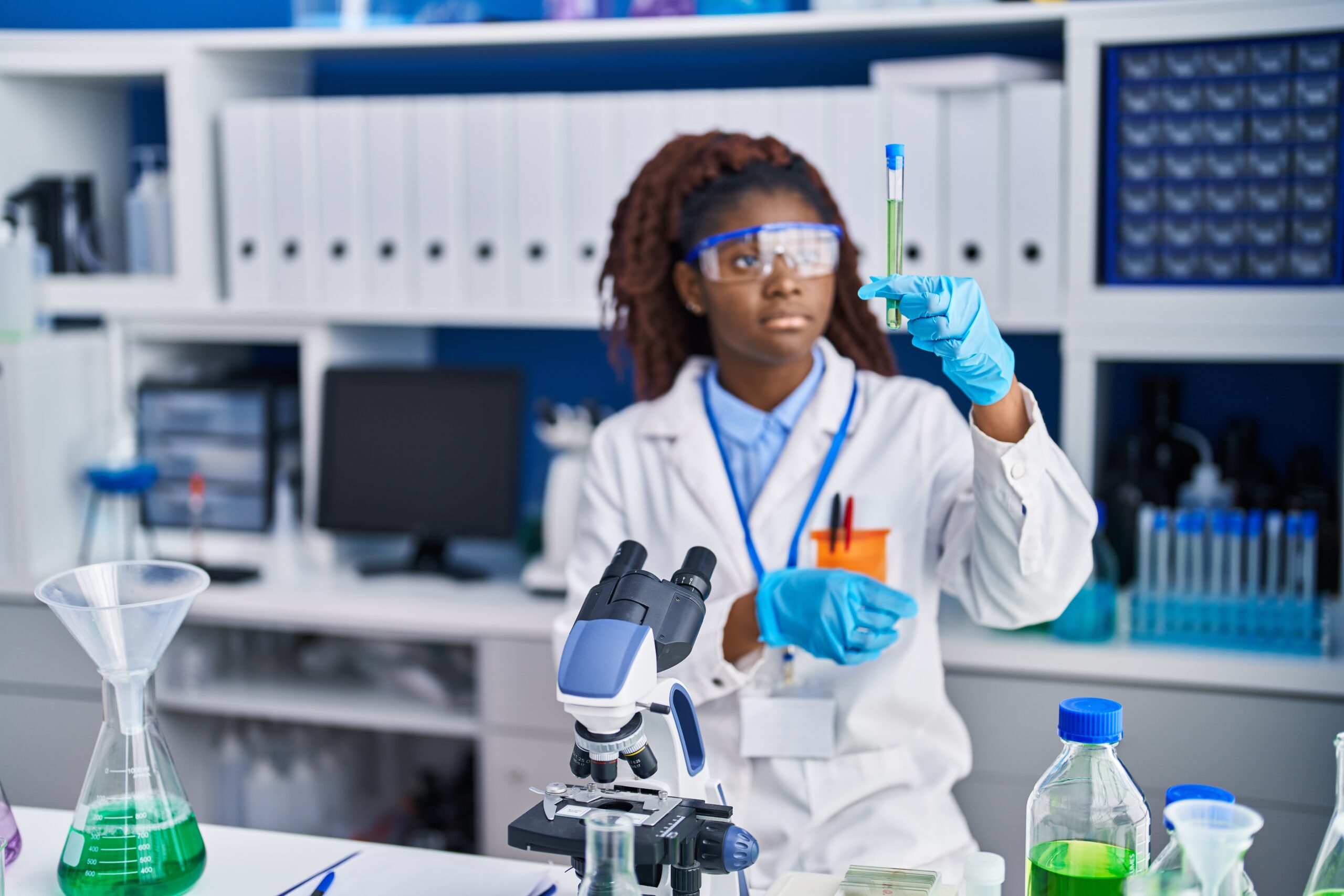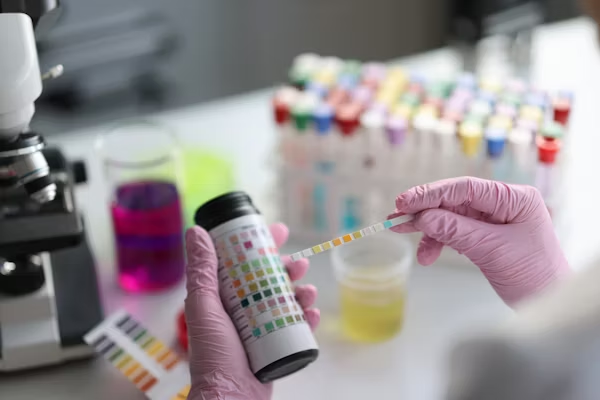The Severe Impact of Antibiotic Resistance on Patient Outcomes
There was a time when a simple cut or cold could turn deadly. Then antibiotics arrived in the 1940s, transforming medicine forever. Infections that once killed millions became easily treatable with a simple pill. We thought we’d won the war against germs.
But the germs are fighting back, and they’re winning.
Today, antimicrobial resistance (AMR) is quietly undoing decades of medical progress. Bacteria, viruses, and other microorganisms are evolving to outsmart our medicines, making once-treatable infections dangerous again. The result? Over 2 million Americans face antibiotic-resistant infections each year, and at least 23,000 die.
Here’s what might surprise you: patients hold the power to change this trajectory. Every choice you make about antibiotics directly impacts whether these life-saving medicines will work for you, your family, and future generations. Ready to discover how your everyday decisions can help win this critical battle?
Understanding Antimicrobial Resistance: The Basics You Need to Know
What Is Antimicrobial Resistance and How Does It Happen?
Think of antimicrobial resistance as nature’s ultimate survival story, but one where the villains are winning. AMR occurs when bacteria, viruses, fungi, and parasites evolve to outsmart the very drugs designed to eliminate them. It’s like a microscopic arms race, and unfortunately, the germs are getting better weapons faster than we can develop new ones.
Here’s how this dangerous transformation happens: When you take an antibiotic, it kills most of the harmful bacteria causing your infection. But some bacteria are naturally tougher or luckier, and they survive. These survivor bacteria then multiply, passing on their resistance traits to their offspring. Over time, what was once a treatable infection becomes a formidable opponent that laughs in the face of standard treatments.
The scary part? We’re actually speeding up this process through our own actions. Every time someone takes antibiotics for a viral cold (spoiler alert: antibiotics don’t work on viruses), stops their prescription halfway through because they feel better, or shares leftover pills with a friend, we’re giving bacteria more opportunities to develop resistance.
The misuse isn’t limited to patients, either. In many countries, antibiotics are handed out like candy, available over the counter without prescriptions, creating widespread opportunities for inappropriate use and resistance development.
The Global Health Crisis Behind AMR
Resistance to antibiotics led to at least one million deaths each year since 1990, with increasing rates of drug-resistant infections expected to claim more than 39 million lives between now and 2050 without further policy action, according to a landmark study by the Global Research on Antimicrobial Resistance (GRAM) Project.
The numbers surrounding AMR aren’t just statistics, they’re a wake-up call that should concern everyone. In 2019 alone, antimicrobial resistance directly killed 1.27 million people worldwide and played a role in nearly 5 million deaths. To put that in perspective, AMR now kills more people annually than HIV/AIDS and malaria combined.
But the projections for the future are even more alarming. Without immediate, coordinated action, experts predict AMR could claim 39 million lives between 2025 and 2050. That’s roughly three people dying every minute from infections that were once easily treatable. In the United States, over 2 million people are already affected by antibiotic-resistant infections each year, resulting in at least 23,000 deaths.
The economic toll is equally staggering. The World Bank estimates that AMR could add $1 trillion in healthcare costs by 2050, with global GDP losses reaching $1-3.4 trillion annually by 2030. For context, that’s larger than the entire economy of most countries.
What makes these numbers even more troubling is that they’re not distributed equally. Low and middle-income countries bear the heaviest burden, but the interconnected nature of our world means resistant bacteria don’t respect borders. A superbug that emerges in one country can quickly spread globally through travel and trade.
How Antimicrobial Resistance Develops: The Science Behind the Threat
Mutation, Survival, and Spread: How Resistance Emerges
Understanding how bacteria become resistant reads like a masterclass in evolutionary biology, but don’t worry, we’ll keep it simple. Bacteria are incredibly adaptable creatures that can develop resistance through several clever mechanisms.
First, there’s genetic mutation. Just like humans pass traits to their children, bacteria can develop random changes in their DNA that make them less vulnerable to antibiotics. These changes might alter the bacterial target that antibiotics usually attack, reduce the bacteria’s ability to absorb the drug, or increase their ability to pump the antibiotic back out before it can cause damage.
But bacteria have an even more impressive trick up their microscopic sleeves: horizontal gene transfer. Unlike humans, who can only pass genes to their offspring, bacteria can share resistance genes with their neighbors, even if they’re completely different species. Imagine if you could instantly give your neighbor the ability to resist a particular disease just by touching them. That’s essentially what bacteria do, and it allows resistance to spread rapidly throughout bacterial communities.
Perhaps most concerning is the role of selective pressure in driving resistance. When we use antibiotics inappropriately, we create an environment where resistant bacteria have a significant survival advantage. The susceptible bacteria die off, leaving more resources and space for their resistant cousins to thrive and multiply.

Everyday Practices Fueling AMR
The most frustrating aspect of the AMR crisis is that many of the behaviors driving it stem from good intentions mixed with misinformation. Take self-medication, for example. In many parts of the world, including some communities in the United States, people can access antibiotics without prescriptions. When someone feels sick, it seems logical to take medicine that helped before, but this practice often leads to inappropriate use for viral infections or incorrect dosing.
Then there’s the common habit of stopping antibiotic treatment as soon as symptoms improve. It makes intuitive sense, why keep taking medicine when you feel better? But this practice is dangerous because it often leaves some bacteria alive, and these survivors are typically the ones most resistant to the antibiotic. They then multiply and can cause a relapse that’s harder to treat.
Healthcare providers aren’t immune to contributing to the problem either. According to the Center for Disease Control(CDC), 20 to 50% of antibiotic prescriptions in hospitals are unnecessary or inappropriate. Sometimes doctors prescribe antibiotics “just in case” when they’re uncertain about the cause of an infection, or they choose broad-spectrum antibiotics when a more targeted option would be better.
Time pressure in clinical settings also plays a role. It’s often faster to write an antibiotic prescription than to explain why antibiotics won’t help a viral infection, especially when patients are expecting medication that will make them feel better quickly.
Vulnerable Populations at Higher Risk
AMR doesn’t affect everyone equally. Certain groups face disproportionately higher risks and more severe consequences when infections become resistant to treatment.
Children and elderly individuals are particularly vulnerable due to their developing or weakened immune systems. The elderly population has been hit especially hard, with AMR-related deaths in people over 70 increasing by more than 80% between 1990 and 2021. For children, resistant infections can be particularly devastating because their smaller body sizes leave less room for error in treatment decisions.
Immunocompromised individuals, including cancer patients, organ transplant recipients, and people with HIV/AIDS, face some of the highest risks. These patients often require more aggressive treatments and spend more time in healthcare settings where resistant bacteria thrive. For them, a simple infection that would be minor in a healthy person can become life-threatening when standard antibiotics fail.
Economic disparities also play a crucial role in AMR vulnerability. People in low-resource settings often lack access to quality healthcare, accurate diagnostics, and appropriate treatments. They may be more likely to purchase substandard or counterfeit antibiotics, or to stop treatment early due to cost concerns.
The Human and Economic Impact: When Medicine Fails
When Medicine Fails: Real-Life Consequences of AMR
The true impact of AMR becomes clear when you consider what happens when our medical arsenal fails us. Resistant infections don’t just make people sicker, they fundamentally change the experience of illness and medical care.
When antibiotics don’t work, simple infections become prolonged ordeals. A urinary tract infection that would normally clear up in a few days might persist for weeks, causing ongoing pain and potentially progressing to a dangerous kidney infection. Pneumonia that would typically respond to first-line antibiotics might require hospitalization and intravenous medications, transforming a manageable outpatient illness into a serious medical emergency.
The ripple effects extend far beyond the immediate infection. AMR threatens the foundation of modern medicine by making routine procedures risky. Cancer chemotherapy, organ transplants, and even common surgeries become dangerous when we can’t reliably prevent or treat infections. Imagine a patient being told a treatment has to be delayed or modified because doctors can’t adequately protect you from infection during the process.
For families, watching a loved one battle a resistant infection is emotionally and financially draining. Hospital stays stretch from days to weeks, with mounting medical bills and lost wages from missed work. The uncertainty of whether treatments will work adds psychological stress to an already difficult situation.
The Hidden Costs: AMR’s Economic Burden on Nations
The economic impact of AMR extends far beyond individual medical bills, creating a massive drain on healthcare systems and national economies. In the United States alone, direct medical costs for treating multidrug-resistant infections exceed $4.6 billion annually, and that’s just the beginning of the financial picture.
Resistant infections typically require longer hospital stays, with patients spending an average of 7.4 additional days in the hospital compared to those with susceptible infections. These extended stays don’t just cost more money, they also tie up hospital beds and resources that could be used for other patients.
The productivity losses are equally staggering. When people are sick longer due to resistant infections, they miss more work, and their families often miss work too while providing care.
The U.S. economy loses an estimated $35 billion annually in productivity due to AMR-related illnesses.
Healthcare systems also face increased costs for infection control measures, newer and more expensive antibiotics, and additional diagnostic testing. Hospitals must invest in isolation rooms, specialized equipment, and extra staff training to manage resistant infections safely.
Looking globally, the World Bank projects that AMR could reduce worldwide GDP by 1.1%, with annual losses potentially exceeding $1 trillion after 2030. These economic impacts create ripple effects that ultimately affect healthcare accessibility and quality for everyone.
What Patients Can Do: Your Role in Fighting AMR
Smart Use of Antibiotics: A Patient’s Responsibility
Here’s the empowering truth: while AMR is a complex global problem, some of the most effective solutions are surprisingly simple and lie directly in your hands. Every patient has the power to make a meaningful difference in this fight through informed decisions and responsible actions.
The foundation of responsible antibiotic use starts with understanding when they’re actually needed. Antibiotics only work against bacterial infections, not viral illnesses like colds, flu, or most cases of bronchitis. If your doctor doesn’t prescribe antibiotics for your cold, they’re not withholding treatment, they’re practicing good medicine that protects both you and your community.
When you do receive an antibiotic prescription, treating it like the powerful medication it is makes all the difference. This means taking the exact dose prescribed at the right times and completing the entire course, even if you start feeling better. Think of it like a carefully planned military campaign against the bacteria in your body. Stopping early is like calling off the attack when the enemy is wounded but not defeated, giving them a chance to regroup and come back stronger.
Never share antibiotics or save leftover pills for future use. Each antibiotic prescription is specifically chosen for your particular infection based on factors like the likely bacterial cause, your medical history, and current symptoms. Using the wrong antibiotic or an insufficient dose can actually make resistance more likely while failing to cure your infection.
Prevention remains one of your most powerful tools. Regular handwashing, covering coughs and sneezes, following food safety practices, and staying current on vaccinations all reduce your risk of getting infections that would require antibiotic treatment. When you prevent infections, you’re also preventing the need for antibiotics, reducing the overall pressure that drives resistance development.
Knowledge sharing amplifies your impact exponentially. When you understand AMR and responsible antibiotic use, sharing that information with family and friends multiplies the positive effects of your own good choices. Having conversations about why you’re finishing your antibiotic course or explaining why antibiotics don’t work for colds helps spread awareness throughout your community.
Don’t hesitate to ask questions when antibiotics are prescribed. Understanding why you need a specific antibiotic, how to take it properly, and what side effects to watch for helps ensure the best possible outcome. Your healthcare provider should be happy to explain their treatment choices and help you understand your role in successful treatment.
In summary, while the statistics and projections can seem overwhelming, the reality is that this battle is far from lost. In fact, patients like you hold some of the most important keys to victory.
Every time you use antibiotics exactly as prescribed, choose prevention over treatment when possible, and share knowledge with others, you’re actively working to preserve these life-saving medicines for future generations. AMR reminds us that in healthcare, as in many aspects of life, individual actions have collective consequences. Your decision to finish an antibiotic course or ask questions about your treatment might seem small, but multiplied across millions of patients, these choices shape the future of medicine itself.
Ready to join the fight against antimicrobial resistance? Start with your next healthcare interaction, whether it’s a routine checkup or treatment for an illness. Ask questions, follow instructions carefully, and share what you learn with others.
What’s one change you’ll make today to help combat antimicrobial resistance in your own healthcare decisions?
latest video
news via inbox
From regulatory updates to cutting-edge technology, we've got you covered.






